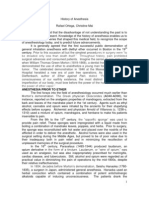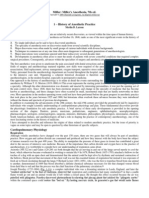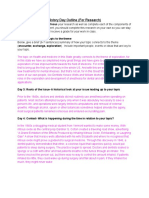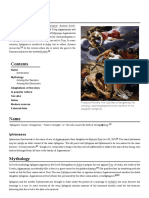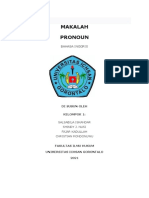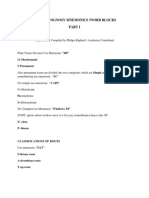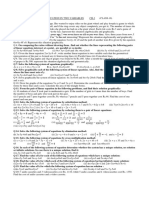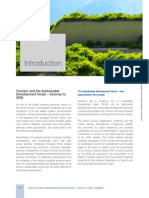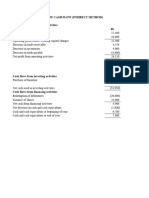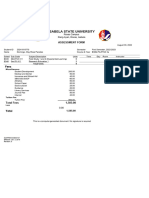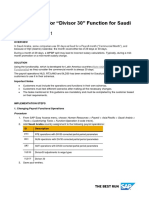0% found this document useful (0 votes)
60 views97 pagesIntroduction To Anesthesia
The document provides an introduction to anaesthesia, covering its history, types of anaesthetic agents, and the evolution of anaesthetic equipment. Key topics include inhalational and intravenous anaesthetics, muscle relaxants, and regional anaesthesia techniques. It also discusses the development of anaesthesia machines and monitoring equipment essential for modern surgical practices.
Uploaded by
Jesus LoveCopyright
© © All Rights Reserved
We take content rights seriously. If you suspect this is your content, claim it here.
Available Formats
Download as PPT, PDF, TXT or read online on Scribd
0% found this document useful (0 votes)
60 views97 pagesIntroduction To Anesthesia
The document provides an introduction to anaesthesia, covering its history, types of anaesthetic agents, and the evolution of anaesthetic equipment. Key topics include inhalational and intravenous anaesthetics, muscle relaxants, and regional anaesthesia techniques. It also discusses the development of anaesthesia machines and monitoring equipment essential for modern surgical practices.
Uploaded by
Jesus LoveCopyright
© © All Rights Reserved
We take content rights seriously. If you suspect this is your content, claim it here.
Available Formats
Download as PPT, PDF, TXT or read online on Scribd
/ 97








